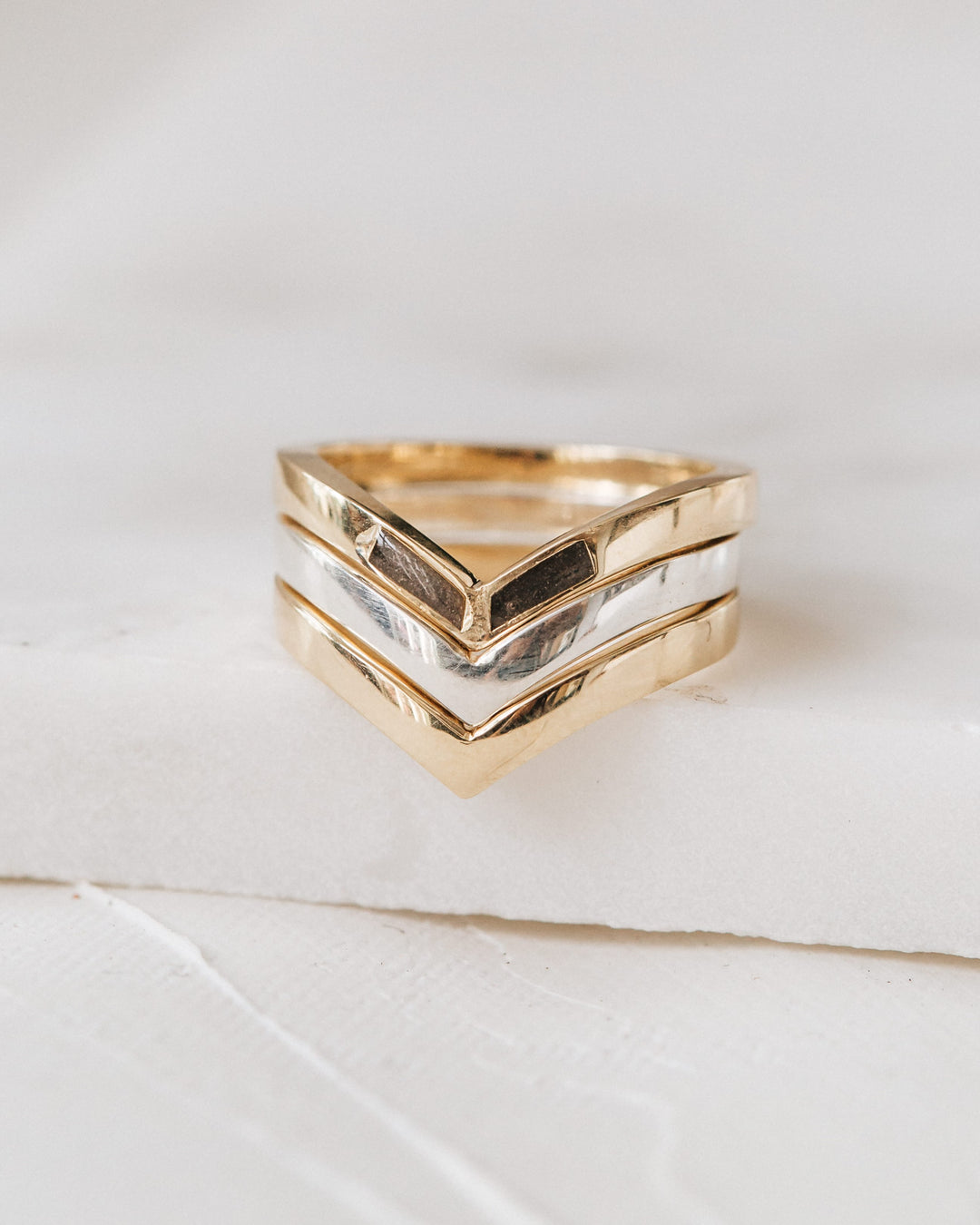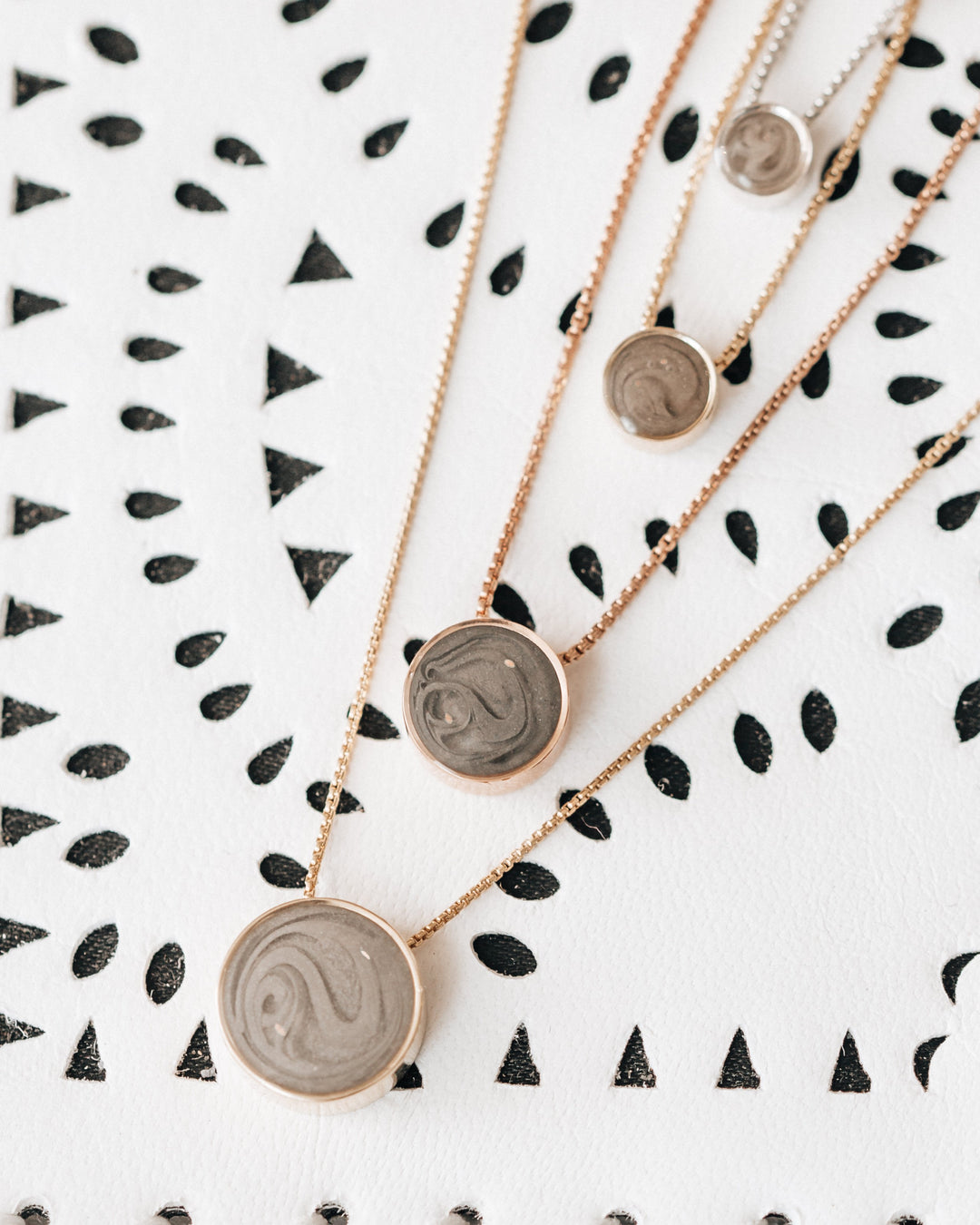A Brief History of Jewelry
Despite our modern sensibilities and relationship to luxury items like jewelry and clothing, the practice of adornment goes farther back in human history than most realize. In fact, jewelry even predates homo-sapiens, so in essence, it is older even than we are. Ancient species like Neanderthals used shells, teeth, talons and other bits of ornamentation; the oldest jewelry found was just three sea shells that are over one-hundred-thousand years old. Of course, the practice of making and wearing jewelry has come a long way from using simple tools to carve and drill holes into items to craft beads, but every time we make or purchase a piece of jewelry we are honoring those practices that came before.
Jewelry-making was developed extensively throughout various ancient civilizations. Its materials, uses, and meaning varied widely and laid the foundations for wearing jewelry today.
Ancient Egypt & Mesopotamia
The organized production of jewelry began in the ancient civilizations of Egypt and Mesopotamia (modern-day Iraq, Kuwait, Turkey, and Syria). Both civilizations contributed to the development of jewelry-making techniques. Everyone – men and women, young and old, rich and poor – wore jewelry. The most popular motifs were nature-inspired: Egyptian jewelry featured animals, birds, flowers, and insects, while Mesopotamian jewelry featured branches, grapes, leaves, and twigs.
Ancient India
Indians were experts at mining, collecting, and processing gold. It was considered important culturally to own and wear jewelry on all parts of the body. Gold signified immortality and is a common wedding gift today as it ensures financial security.
Meso-America
The peoples of Meso-America (the region that extends today from central Mexico through Central America) used jewelry as sacrifices for the gods. Aztec jewelry was typically gold and adorned with Quetzal feathers, while Mayan jewelry was made from jade, gold, silver, bronze, and copper.
Ancient Greece & Rome
The ancient Greeks and Romans created elaborate, ornamental jewelry that was typically worn by the upper class. Diamonds, amber, emeralds, garnets, and sapphires were the most popular gemstones used, and amulets, brooches, and talismans were the desired pieces of this time.
Ancient China
The Chinese started producing jewelry in 5000 BCE. Jade and silver were revered, and all classes of people wore jewelry as it was considered both a status symbol and a protective talisman. Pure gold only came into fashion near the present day.
It is interesting to think that even these ancient cultures could recognize the value of jewelry and its desirability as an investment, not just as an ornament or status symbol. The idea that jewelry and precious metals will appreciate over time still remains to this day, and yet Pharaohs would bury their jewelry and belongings with them to help pay their way into the afterlife. Similarly, Viking practices would send their dead out in ships stacked with all of their worldly possessions (including live animals and sometimes even live human slaves, wives, concubines, or servants) only to light it aflame and watch as the heavy objects would sink to the bottom of the sea.
Interest in jewelry and its value only seemed to grow from there, shaping itself into the modern jewelry we know today. After the Dark Ages, jewelry began to take on new meaning and was often used during religious ceremonies. By then, crafting jewelry had come a long way as blacksmiths would apply the trade of making weapons to making ornaments. Kings who amassed wealth in wars by raiding their enemy's stores or by claiming new lands on which they could mine and build now had a new use for precious metals and stones. In fact, the emergence of diamond cutting and setting happened right around the Gothic age of the 1200s. One article even notes that "around this time the first diamond engagement ring ever presented was given to Mary of Burgundy by Emperor Maximilian I".
In the 1600s, a style of jewelry called "baroque", which is categorized by its over-the-top intricacy and high value of its materials became popular in Europe. Stone setting and cutting flourished during this time, and new materials like tourmaline, topaz, and titanium were discovered. This would open the jewelry industry up to using new materials, which would spur the growth of technology as well.
Queen Victoria was a very influential figure in the fashion and jewelry spheres during the 1800s, and England and many other countries made large advances in jewelry during this time. It is also the era in which the Tiffany setting was introduced (although it was not known by this name for many years after), and when screw-back earrings were invented for those who could not wear traditional post earrings.
It is during the 1900s that jewelry begins to resemble the art as we know it today, but it had not quite reached modernization yet. The Art Deco style becomes popular, leaning heavily on large pieces with geometric shapes and colorful stones, as well as wristwatches. One article also points out that the slogan 'a diamond is forever' is coined by de Beers, which since has become one of the most well-recognized jewelry quotes.
The following quote from this same article describes the trajectory of jewelry from here forward:
"Anything after 1997 is considered to be contemporary jewelry and this jewelry is more sophisticated and subtle than the jewelry designs of the past. Engagement rings in particular have become much more refined, with the solitaire engagement ring becoming the most popular style for many years. In recent years, jewelry design and production has also benefited greatly from technology. CAD in particular has brought jewelry design to new levels of complexity, intricacy and beauty. CAD jewelry is also more accurate, more versatile, and less expensive. And it allows for the creation of renders or photo-realistic images that show how the finished piece will look before it’s even been produced."
In summary, jewelry has been a vital part of human culture since our very beginnings. It serves as a connection between cultures and spans thousands of years. Jewelry-making has been a constant work in progress, with various techniques being founded and developed all over the world. But while the techniques and materials have changed throughout time, what hasn't changed is that jewelry provides people with a sense of comfort and serves as a mode of self-expression.




